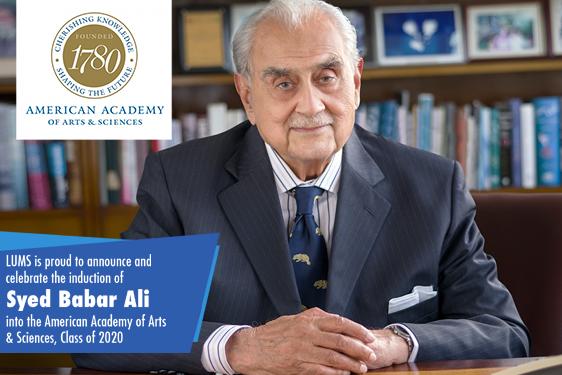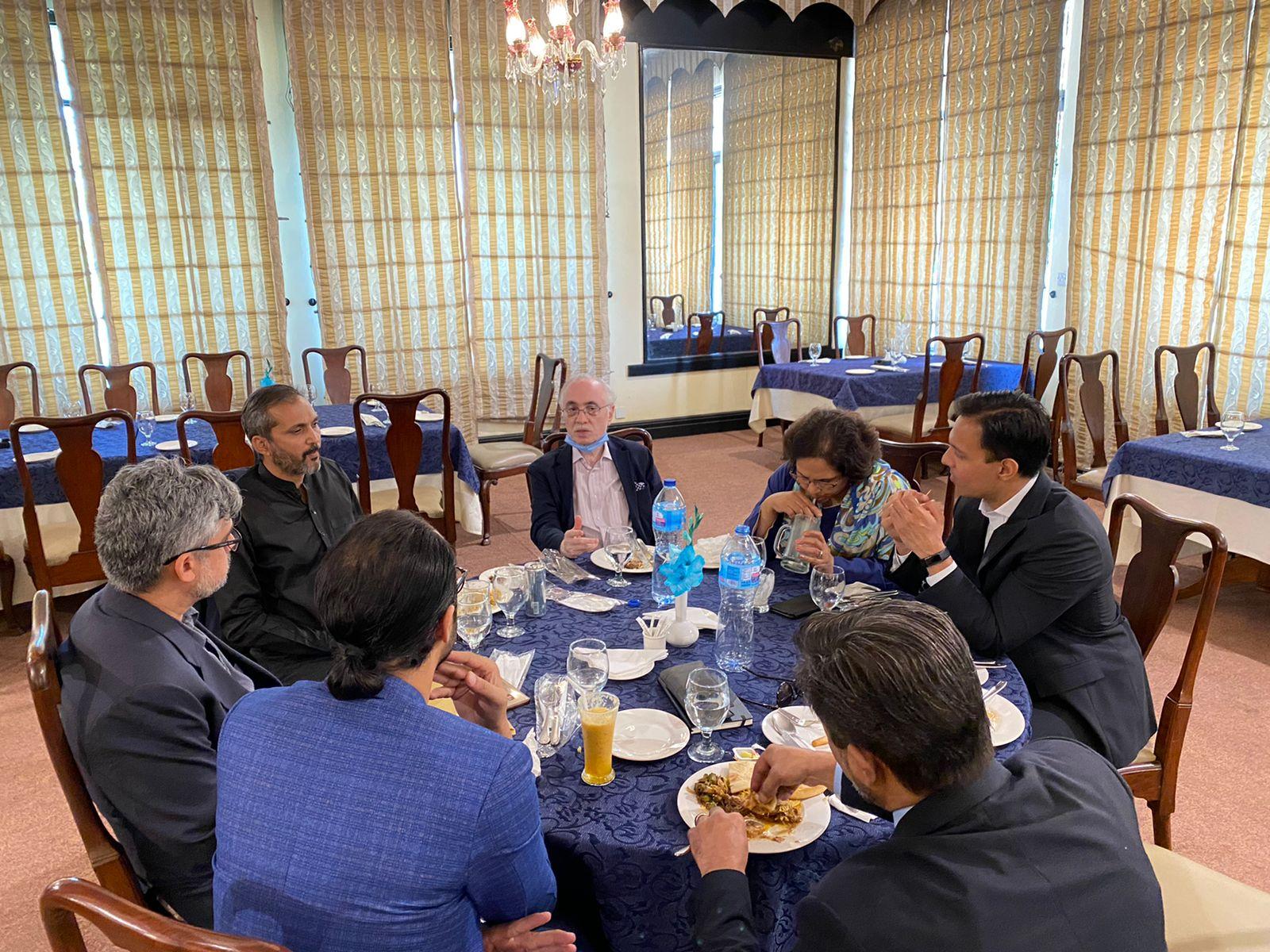
Synthetic chemistry is the art of constructing molecules, sometimes large and complex, from smaller building blocks. Synthetic chemists seek to minimise the number of steps involved in the preparation of a target molecule because it reduces the time, cost and energy. Methodology development, a key research area within synthetic chemistry is even more pronounced in developing compound libraries in the process of hit-discovery during drug development.
Methodology development is a strong research interest of the Organic Chemistry Research Group led by Dr. Rahman Shah Zaib Saleem at the Department of Chemistry and Chemical Engineering, Syed Babar Ali School of Science and Engineering (SBASSE). The group is seeking to use multicomponent reactions (MCRs) to address a common stumbling block in synthetic chemistry: efficient, clean synthesis to obtain multifunctional compounds. In this regard, the team has developed a one-pot three component reaction to synthesise 2-aminoimidazolones - a structure that is found in many natural products with demonstrated biological activities.
This research work was carried out by Ms. Ansa Haneef as a part of her Master’s degree at LUMS, Ms. Aniqa Sardar, a teaching fellow at LUMS and Ms. Haniya Tariq, currently a chemistry junior.
‘The designed MCR offers good yields and allows possibilities for constructing novel libraries to explore their potential,’ said Ms. Haneef.
Ms. Sardar also shared her thoughts about the project, “Natural marine products are an important reservoir of bioactive compounds, and many of them contain the imidazolone ring. Synthetic methodology developed by our group would enable construction of analogous natural products for subsequent evaluation of their bioactivity.”
Ms. Tariq declared her experience of working on this research project an excellent training opportunity to prepare herself for graduate studies.
“I am encouraged by the current study to develop new synthetic routes for even more complex molecules. Complexity of structure does not necessarily equate with more steps in a reaction scheme. It all comes down to clever manipulation of the chemistry of molecules to provide an elegant solution to achieve the desired complexity in the compounds,” said Dr. Saleem. He is also looking forward to screening these compounds for bioactivity in future studies.
The article can be accessed here: https://onlinelibrary.wiley.com/doi/abs/10.1002/slct.201803409








